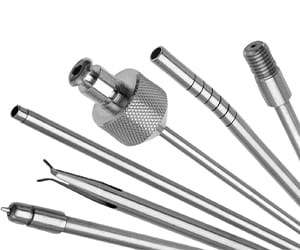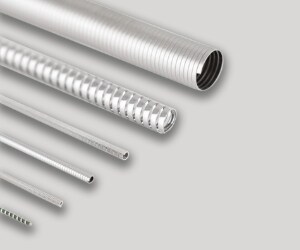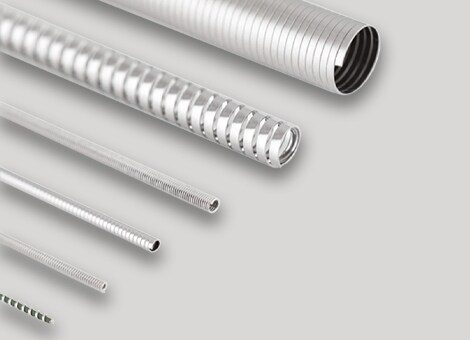
Next-Generation Neuro Guidewire
Learn about how the TE and OEM development teams collaborated to solve significant challenges in achieving a reliable bond between two dissimilar materials at the distal end of a guidewire.
In the rapidly evolving field of neurovascular therapies, a leading Original Equipment Manufacturer (OEM) was developing a next-generation neuro guidewire. This innovative device was designed to enhance patient care and improve surgical outcomes. However, the OEM development team faced significant challenges in achieving a reliable bond between two dissimilar materials at the distal end of the guidewire.
Challenges
The OEM encountered several critical challenges during the development process:
- Material Bonding: Achieving a reliable bond between two dissimilar materials at the guidewire's distal end proved to be a significant hurdle.
- Performance Criteria: The team needed to maintain the guidewire's essential characteristics, including:
- Flexibility
- Trackability
- Durability
- Biocompatibility: Ensuring the device remained biocompatible was crucial for patient safety.
- Manufacturability: The solution needed to be feasible for large-scale production without compromising quality or efficiency.
Solution
To address these challenges, the OEM collaborated with TE Connectivity (TE),
leveraging their expertise in material science and manufacturing processes. The solution comprised two key components:
- Custom Surface Treatment:
- TE proposed a tailored surface treatment solution to enhance bonding compatibility between dissimilar materials.
- This approach addressed the core challenge of creating a reliable bond at the guidewire's distal end.
- Proprietary Bonding Process:
- TE developed a proprietary bonding process to ensure mechanical integrity.
- This process was designed to maintain the guidewire's flexibility, crucial for its intended use in neurovascular procedures.


Results
The collaboration between TE and the OEM yielded robust results:
- 100% Pull Test Pass Rate: The bonded materials achieved a perfect score in pull test validations, demonstrating exceptional mechanical integrity.
- Preserved Flexibility: The solution maintained the distal flexibility of the guidewire, ensuring smooth navigation through complex vascular anatomy.
- Seamless Integration: The new bonding process was integrated into the production line with minimal adjustments, streamlining manufacturing.
- Accelerated Time to Market: By resolving the bonding challenges, the OEM experienced reduced development delays, speeding up the product's journey to market.
Capabilities
TE's success in this project was underpinned by their comprehensive
range of capabilities in guidewire manufacturing:
- Wire Processing:
- Straightening
- Centerless, profile, and special grinding
- Tapering
- Forming and flattening
- Ultrasonic cleaning
- Passivation and polishing
- Coil Manufacturing:
- Tapering
- Multi-pitch designs
- Round and flat wire coiling
- Advanced Joining Technologies:
- Laser welding
- Plasma welding
- Soldering
- UV adhesive application
These capabilities allowed TE to offer a holistic solution that addressed not only the immediate bonding challenge but also ensured the overall quality and performance of the guidewire.
Conclusion
This collaboration demonstrates TE's expertise in solving complex material bonding challenges in the medical device industry. By leveraging their advanced capabilities and collaborative approach, TE helped the OEM overcome significant hurdles in developing its next-generation neuro guidewire. The successful outcome not only solved the immediate bonding issue but also contributed to improved product performance and accelerated time to market.


